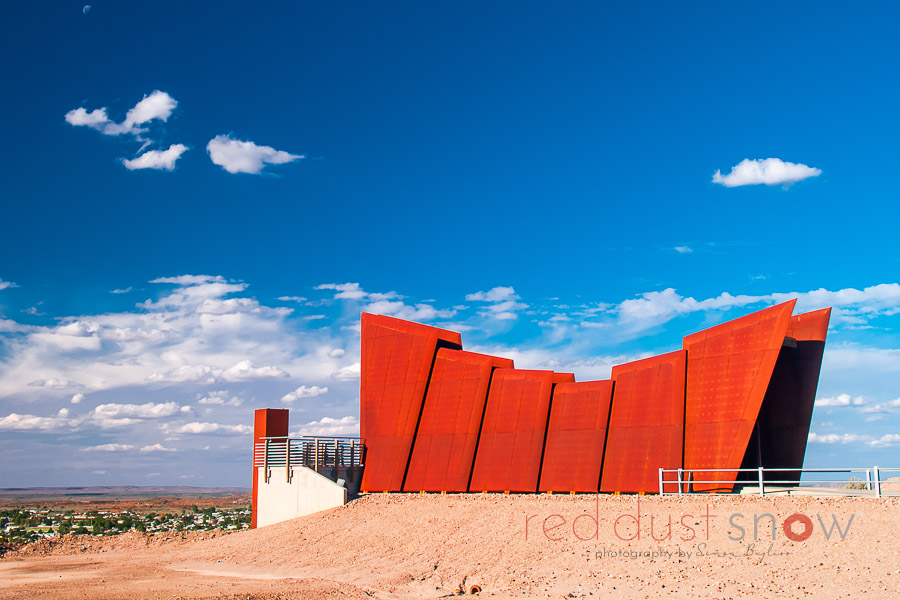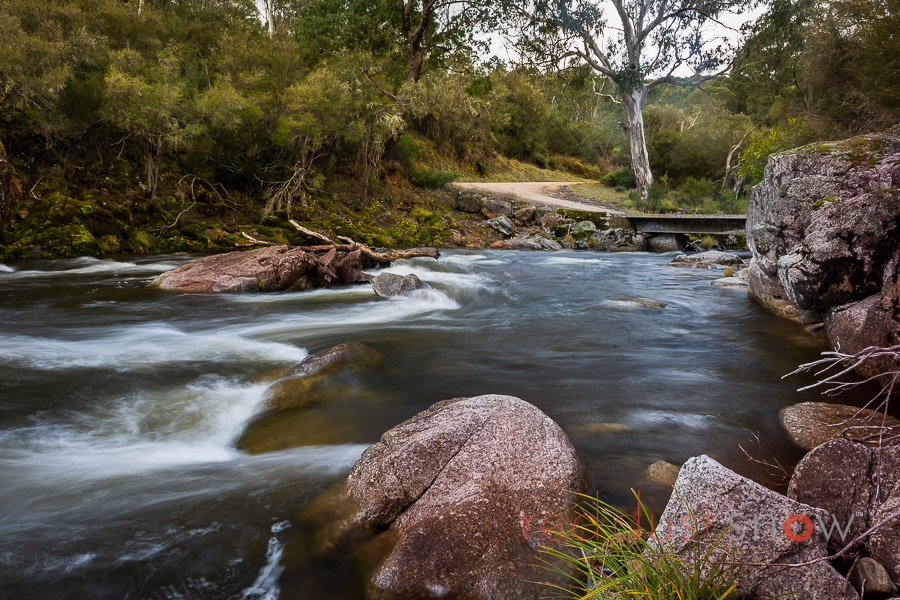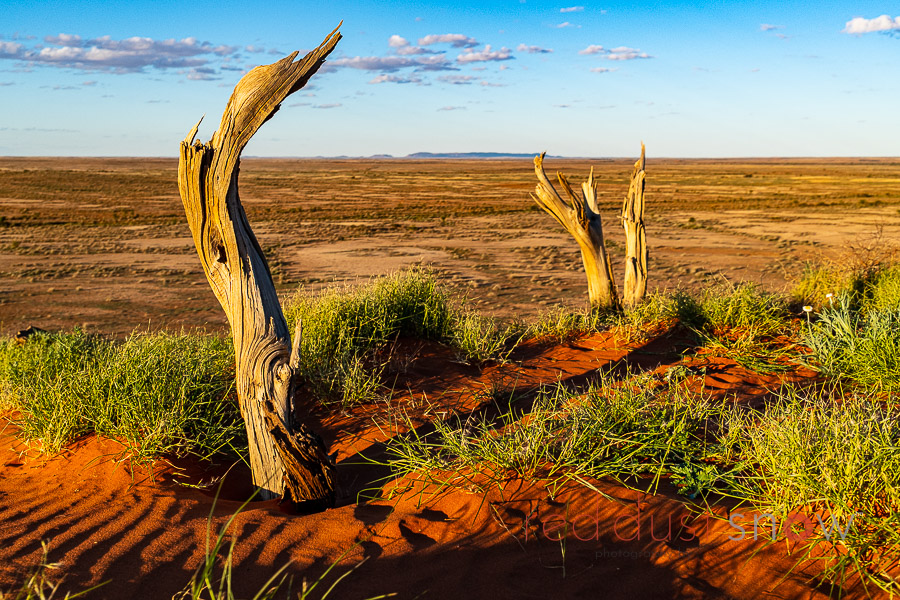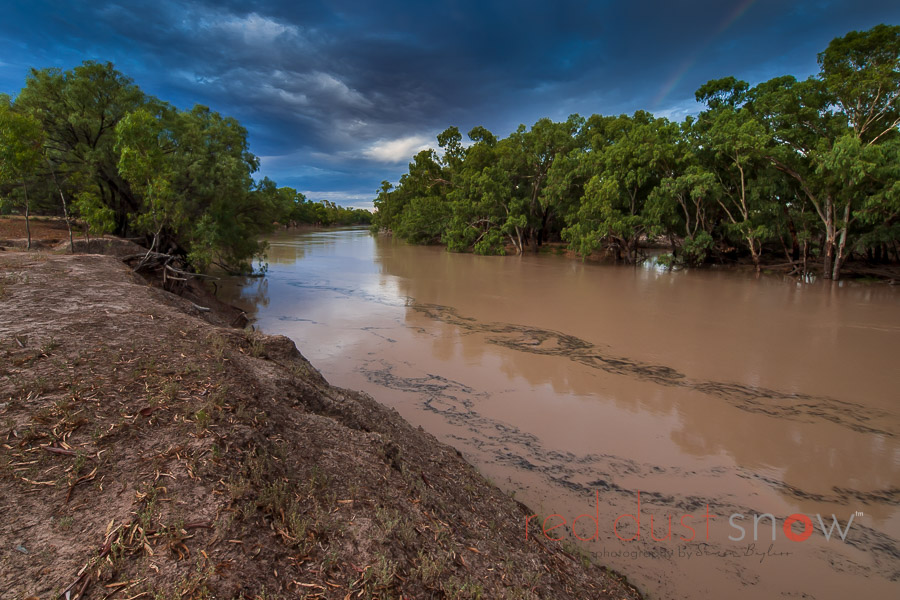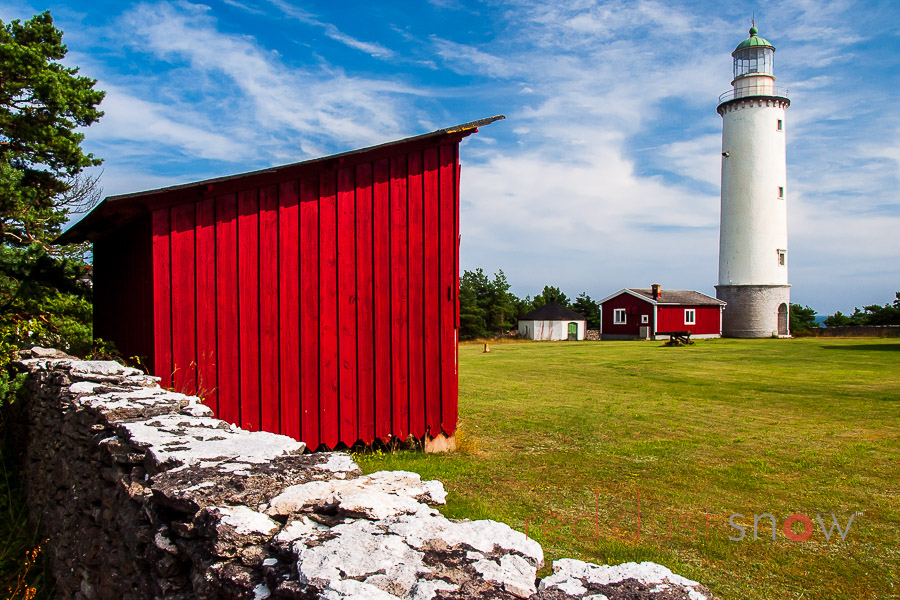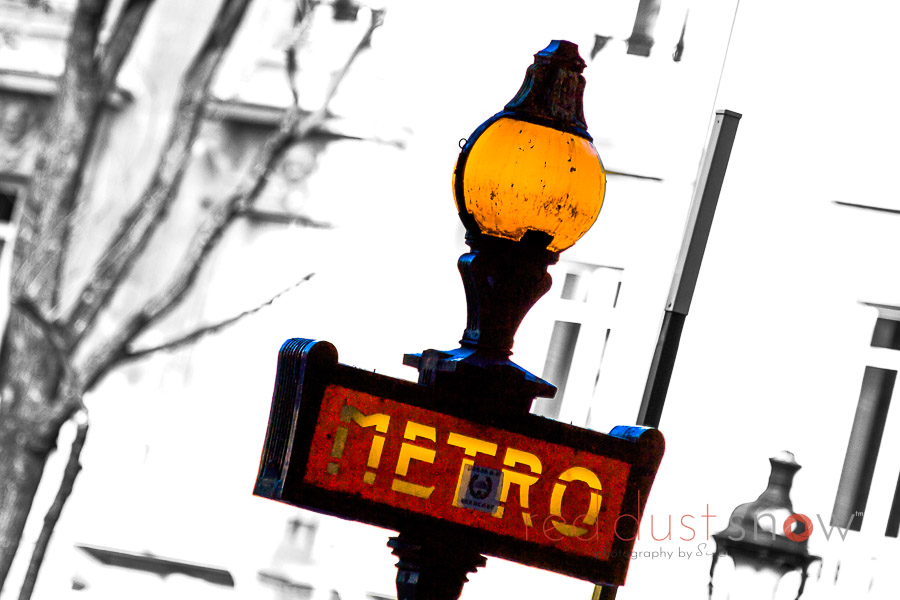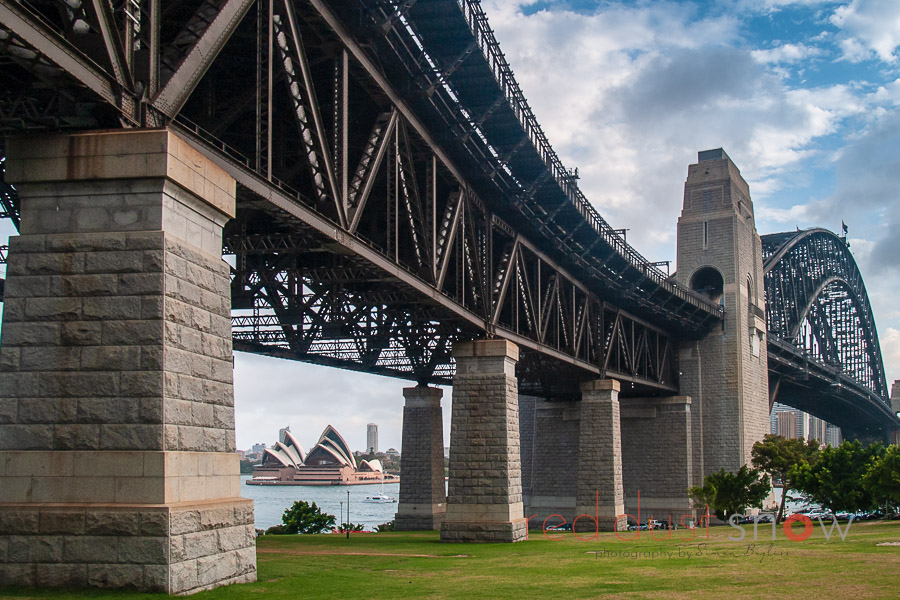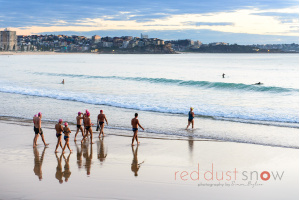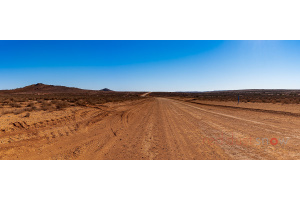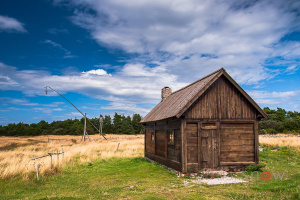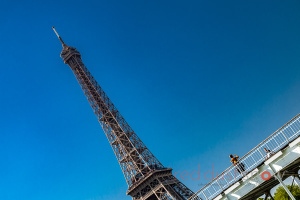Drive Melbourne to Cameron Corner
Driving from Melbourne to Cameron Corner offers a few great options with a direct, sealed, route or a few more adventurous ways; your visit to Broken Hill will be a real adventure and not just a great experience after a long drive.
The direct route is nice enough along the Calder Highway through Kyneton, Bendigo, Chalton, Ouyen, (Mildura) and Wentworth (where the Darling River joins the Murray River , before heading up the Silver City Highway to Broken Hill. At about 840 km, it is a long drive via some charming towns and localities, but two great adventure routes incorporate a few iconic destinations along the way.
The first one is via Echuca/Moama, Mathoura Timber Cutters Run, Moulamein, Deniliquin, and Balranald before heading into the Willandra Lakes Region (UNESCO World Heritage-listed) which is the location of the iconic, and culturally significant, Lake Mungo (Mungo National Park). The route continues up to Menindee (Lakes) and a short drive to Broken Hill.
The alternative follows the course of the Loddon River (a Murray River Tributary to Swan Hill before heading to Mildura then Wentworth along the Murray River, and then north to Menindee via the Darling River and onto Broken Hill.
Melbourne to Cameron Corner - Direct Routes
- Note, the direct route is via sealed roads while the two alternative routes from Melbourne to Broken Hill include 'off-bitumen' driving (not offroad) and is suitable for SUVs and traditional passenger vehicles (with care and driving to the conditions).
Melbourne to Cameron Corner - Calder Highway
The most direct route for driving from Melbourne to Broken Hill is via the Calder Highway to Wentworth (Murray-Darling confluence) then north along the Silver City Highway to Broken Hill.
The quickest does not mean dull though with some great optional stopovers along the way, including:
- Bendigo
- Wedderburn
- Charlton
- Wycheproof
- Ouyen
- Mildura
- Wentworth
This route is along sealed roads.
Melbourne to Wentworth
- Distance: 570 km
- Calder Highway >> Bendigo
- Calder Highway >> Wentworth
Wentworth to Broken Hill
- Distance: 267km
- Silver City Highway >> Broken Hill
Broken Hill to Cameron Corner
Melbourne to Cameron Corner - via the lower Darling River
Haven't been to the Darling River or you want to revisit it, then this adventure is for you. Add to that, the route also includes a visit to Swan Hill and a trip along the Murray River.
Melbourne to Swan Hill
Driving from Melbourne to Swan Hill, this route rough flows the course of the Loddon River (a tributary of the Murray River) and passes through Kerang before following the southern bank of the Murray River to Swan Hill.
Road Type = Sealed
- Distance: 339 km
- Road/Routes:
- Calder Freeway >> Bridgewater on Loddon
- Bridgewater Serpentine Road - Loddon Highway Highway >> Kerang
- Murray Valley Highway >> Swan Hill
Kerang
Located on the Loddon River, the small service town of Kerang with an irrigation district based on livestock, horticulture, lucerne and grain. The Kerang name is attributed to an Aboriginal word meaning Cockatoo and is home to the largest solar and battery farm in the country which opened in June 2019; a 50-megawatt battery system that stores 100 per cent renewable energy.
Located in an area of over 50 lakes, the largest being Lake Bega, Kerang is an excellent destination for water activities, also for the visitor is the Lester Smith lookout tower, Kerang historical museum, Lake Meran, the Kerang Lakes, and the Ibis Rookery
Swan Hill
Swan Hill is set on the banks of the Murray and offers visitors numerous attractions with a unique blend of history with a host of modern facilities. Top of any visitors list should be the renowned Pioneer Settlement, Regional Art Gallery, historic homesteads, numerous wineries and of course a cruise on the PS Pyap paddle steamer.
With an indigenous heritage of the area stretching back over 10,000–9,000 years, the area is home to the Wemba-Wemba and Wati-Wati people. Swan Hill was called "Matakupaat" or "place of the Platypus" by the Wemba Wemba people.
The area was given its current name by explorer Thomas Mitchell, while camping beside a hill on 21 June 1836. "Among the reeds on the point of ground between the two rivers was a shallow lagoon where swans and other wildfowl so abounded that, although half a mile from our camp, their noise disturbed us through the night. I, therefore, named this somewhat remarkable and isolated feature Swan Hill, a point which may probably be found to mark the junction of two fine streams". - Thomas Mitchell
The European community grew up around a punt river crossing which opened in 1846. This crossing, the only one for 100km, serviced the growing agricultural area.
In 1853 Francis Cadell navigated the Murray River from its mouth in South Australia to Swan Hill in his paddle steamer, Lady Augusta. He arrived on 17 September 1853, narrowly beating William Randell of Mannum, who came 4 hours later in the PS Mary Ann, demonstrating the feasibility of river traffic, which flourished until the introduction of the railway.
Famous inland explorers Burke and Wills (and their team) reached Swan Hill on the 6th of September 1860 on their journey across Australia from Melbourne to the Gulf of Carpentaria. They made Camp XV (their fifteenth camp out of Melbourne) in the police paddock on the banks of the Murray River in an area that is now Riverside Park.
Today, Swan Hill is a thriving, modern city in an economic catchment stretching along the Murray Valley into the Mallee in Victoria and the Western Riverina in New South Wales. Though still focused on primary production and supplying the needs of people and businesses in the area, Swan Hill has broadened its activities in commerce, manufacturing and tourism. The city today combines the relaxed lifestyle and community spirit of traditional rural life, with the facilities and conveniences of a much larger urban centre.
Swan Hill - Buronga
Heading along the Murray from Swan Hill to Buronga takes in the Euston/Robinvale twin towns with the destination directly across the river from Mildura.
Road Type = Sealed
- Distance: 215 km
- Road/Routes:
- Murray Valley Highway >> Robinvale
- Sturt Highway >> Buronga
Robinvale
Located between Swan Hill and Mildura on the Murray River, Robinvale is a picturesque holiday spot, situated on a peninsula of land surrounded on three sides by the Murray River in a horticultural area producing grapes, olives, carrots and almonds.
Robinvale is twinned with the town of Villers-Bretonneux in the Somme department in Picardie in northern France.
Before Europeans, the area is home to the Latje Latje indigenous people, and reminders of their occupation remain today on the Bumbang Island Reserve just north-east of the town; where evidence of burial and camping grounds and canoe trees are still evident.
There are many attractions in Robinvale, such as the original home of Robin Cuttle (after who the town was named), an antique museum, a park, and a caravan park overlooking the Murray River. The river is home to a vast array of native birds and fish such as the pelican, swan, perch and the Murray Cod.
Across the river is the NSW twin-town of Euston and together they make a wonderful middle Murray destination.
Buronga
Across the Murray River from Mildura, Buronga is a great option for those that want access to all Mildura has to offer but little things at a slightly slower pace. Added to that is the Buronga Caravan park which is regarded by many as the best on the Murray River.
Buronga offers visitors a full range of facilities and services, and it is the gateway to Mungo National Park and Outback NSW.
The Australian Inland Botanic Garden is situated close to town - the first semi-arid botanic gardens in the Southern Hemisphere - and the plantings showcase a wide variety of Australian and exotic species, the centrepiece of which may be the rose garden featuring over 1600 colour co-ordinated bushes.
Buronga - Broken Hill
The run from the Buronga to Broken Hill connects with the Darling River south of Pooncarie and follows its path to Menindee for an awesome experience of the lower Darling
Road Type = Unsealed (Mostly)
- Distance: 424 km
- Road/Routes:
- Silver City Highway >> Dareton
- Fletchers Lake Road - Pooncarie Road >> Pooncarie
- Polia Road - Old Pooncarie Road >> Kinchenga NP & Menindee
- Menindee Road >> Broken Hill
Pooncarie, NSW
Pooncarie, NSW, is a wonderful destination to connect with famous explorers Bourke and Wills who reached the Darling River near Pooncarie at nearby Tarcoola Station and made camp at what is now Bilbarka Park in September 1860 on the way to their ill-fated expedition to the Gulf of Carpentaria. Now that's history.
Today, Pooncarie is a great little Darling River service town for those travelling the Darling River Run or exploring the lower Darling region of Outback NSW.
The highlight on the social calendar is the Pooncarie Cup (October)
Menindee, NSW
Menindee and the magnificent Menindee Lakes is a beautiful central Darling River destination where you can experience the best of what the Darling River can offer.
An iconic Darling River town, an hour southeast of Broken Hill, Menindee is a perfect base to explore the Darling River, the Lakes, and Kinchega National Park.
Discover also that the beautifully penned 'The Man from Snowy River' by Banjo Paterson is an immortal Australian poem there is a line, "There was Harrison, who made his pile when Pardon won the cup". While many assume it was the famous Melbourne Cup, it is the Presidents Cup held at Menindee.
There is a story to tell and something to learn in most outback towns, and Menindee on the Darling River is no exception.
Broken Hill to Cameron Corner
Melbourne to Cameron Corner - via the Long Paddock
- Road Type = Sealed/Gravel (50/50)
- Distance: 1,014 km
- Road/Routes:
- Hume Highway >> Kilmore
- Northern Highway >> Moama
- Cobb Highway (Long Paddock) > Mathoura, Deniliquin, Hay, Ivanhoe, Wilcannia
- Barrier Highway > Broken Hill
Melbourne to Echuca/Moama
Road Type = Sealed
- Distance: 228 km
- Road/Routes:
- Hume Highway & Northern Highway >> Kilmore
- Northern Highway >> Heathcote > Moama
Moama to Wilcannia - Long Paddock
The Long Paddock
The Long Paddock touring route follows the Cobb Highway from Moama (twin town of Echuca) all the way north to Wilcannia and promises a truly unique outback adventure.
Named after the travelling stock routes that traverse outback Australia, this still working stock route has something for everyone.
The Long Paddock Touring Route follows the stock route along The Cobb Highway from Echuca- Moama on the Victorian border, through to Wilcannia leading to the iconic outback towns of Bourke, Broken Hill & White Cliffs. The touring route takes you past eleven major public artworks and 47 information panels that tell the story of the region. All you need to know about the touring route is right here on the website – from maps to things to see and do.
Take your own tour guide with you! Download our Long Paddock audio app and enjoy some tall tales about some of our more colourful characters as you travel the route.
Discover More About the Long Paddock
Broken Hill to Cameron Corner
Adventure Route
Now the fun begins with a route taking the Murray River it the iconic Echuca/Moama, one of the best places to visit to learn about the old river trade that enabled the interior of the country to open up and allow the export of wool back to England.
Adding to that is a different type of Murray River experience at a real hidden gem in Mathoura and the Millawa-Barmah forest, the most extensive River Red Gum forest in the world.
The final section of the adventure route is via Lake Mungo in the Wallandra Lakes Heritage area, before a bit of Darling River experience at Menindee and onto the Silver City itself.
Melbourne to Cameron Corner - Via Echuca & Lake Mungo
Melbourne to Moama
The Melbourne to Deniliquin drive is a lovely country tour up the Hume and Northern highways to the border (The Murray River), then along the lower section of the Cobb Highway which is also part of the Long Paddock touring route linking Moama to Wilcannia retracing an old stock route.
- Road Type = Sealed
- Distance: 228 km
- Road/Routes:
- Hume Highway & Northern Highway >> Kilmore
- Northern Highway >> Heathcote > Moama
Moama to Balranald
A GREAT alternative to the Long Paddock between Moama and Deniliquin, is the Timber Cutters Run (via Barmah)!
The Timber Cutters Run, a mostly unsealed driving adventure is a great way to experience the history of the native Red Gum forests and waterways that have resulted from a huge earthquake 60,000 years ago.
Unique and a REAL hidden gem!
Echuca/Moama
The twin towns of Echuca Moama are located on either side of the mighty Murray River, with Echuca on the Victorian bank while Moama is in NSW.
Echuca was surveyed in 1854 and quickly became one of Australia's busiest inland ports, with paddle steamers ferrying supplies throughout Australia's interior via the river network. Improving road and rail transport eventually took over, with cargo transport on the river through the Port of Echuca ceasing in the very early 1900s. Since then, agriculture and tourism have developed as Echuca's primary industries.
The heyday of paddle steamers and river trade has left a historical legacy to Echuca on which much of its tourism is based. The original red gum wharf was constructed in stages in 1865 as a three-level structure to allow for the rise and fall of the river, ultimately reaching a length of 1200 metres. Only a small section of the wharf remains today, preserved as part of the recreated Port Of Echuca tourist attraction, and serving as a great viewing deck of the Murray River and surrounding bush. As well to the wharf, this river port recreation of yesteryear features a museum, historic buildings, equipment displays, demonstrations and cruises on authentic paddle steamers.
Experience Echuca Moama's many exciting attractions and activities, the perfect place to spend a fun-filled day, or if time allows an extended visit.
Investigate the region's rich and diverse history at one of the many museums while taking a stroll through the famous historic Port of Echuca.
Mathoura
Located about 40km north of Echuca-Moama, it is a real hidden gem (a term that is often used but in this case it is appropriate) as it is the gateway to the largest Red Gum forests in the world which covers over 70,000 hectares and includes internationally significant wetlands.
Not only does Mathoura provide some of the best access to the Murray River, but it also allows the visitor to explore several other waterways that are of significant ecological and geographic significance including the Edward River and Gulpa Creek.
A seismic event around 60,000 years ago changed the course of the Murray River from running to the west of the town to a more northern route towards Deniliquin. It is well worth exploring the old river course and associated elements of Cadell's Fault; especially when one ventures down Picnic Point Road to Picnic Point (a must for anyone visiting Mathoura) with its excellent RV park and restaurant/cafe right on the Murray River.
Deniliquin
Heard about the Deni Ute Muster? Well, the Riverina town of Deniliquin offers the visit a lot more than the awesome annual get together of all things utes.
Aside from being the Ute (short for Utility or Pickup as our American cousins call it) capital of the world, Deniliquin is a vital service town located 290 km north of Melbourne on the Edward River which is an anabranch of the Murray River (a waterway that leaves a river only to return to it downstream).
Deni (as it is known) is built along the Edward River and dispersed across several lagoons; as such are water-based activities are popular including wildlife experiences, fishing, water skiing, canoeing, boating and river swimming (McLean Beach and Willoughby's Beach). Agricultural rich, Deniliquin produces rice, wool, beef, dairy products, wheat, barley, fat lambs, vegetables, fruit and timber.
Moulamein, NSW
Considered the oldest town in the Riverina, Moulamein today is a quiet little town on the banks of the Edward River and Billabong Creek servicing the surrounding wheat and rice-growing properties. It is hard to believe that by the middle of the 19th century Moulamein was the most important administrative centre in the Riverina.
Moulamein is located 855 km southwest of Sydney via Yass, Wagga, Narrandera and Hay.
Things to See & Do
- The Old Court House: a restoration of a building that stood and served as a courthouse from 1890 to 1968.
- Old wharf (replica): The golden age of Moulamein was from the 1870s, and by the 1880s, Echuca was processing over £2.5 million worth of wool.
- Moulamein Lake: A 12 ha Moulamein Lake which has extensive birdlife, including black swans, with views across to the grain silos, an excellent swimming spot and a boat-launching ramp. It is ideal for boating and other water activities.
- The Old Bullock Drays, dating from the late 19th century, are located inFlottmann Park on Barham Road on the southern side of town.
Balranald
Frogs (of the Southern Bell-type) abound in the lovely town of Balranald, set beautifully on the banks of the Murrumbidgee River, Australia's third-largest river at 1,485 km rising new the ACT and joining the Murray southwest of Balranald.
Located on the western edge of the Hay Plains, Balranald is a service centre for the surrounding irrigation district and close to Yanga National Park. Also known for the five rivers within thirty minutes drive of the town, it is popular with anglers.
Highlights of Balranald
- The Frog Sculptures
- Balranald Heritage Park
- Festivals (including 5 Rivers, Salami, and Easter festivals as the Fishing Classic (and others)
Balranald to Broken Hill
- Road Type = Mostly Gravel (dry weather road)
- Distance: 910 km
- Road/Routes:
- Ivanhoe Rd > Hatfield Penarie Rd > Mamma Box Creek Rd > Arumpo Rd >> Mungo National Park
- Top Hut Rd > Pooncarie Rd > High Darling Rd > Polia Rd > > Old Pooncarie Rd > Bindara Station
- Old Pooncarie Rd > Menindee Rd > Menindee
- Menindee Road > West Wilcannia Rd > Nelia Gaari Station
- West Wilcannia Rd > Warrawong on the Darling (Wilcannia)
- Opal Miners Way > White Cliffs Hotel
- Whipstick Rd > Mutawintji Rd > Silver City Highway > Broken Hill
Lake Mungo (National Park)
Lake Mungo is a remarkable place and is one of the best places to see in Australia. In theory, Lake Mungo is little more than the remnants of an ancient lake, completely dry with ancient sand dunes running for over 20km along the eastern bank. In reality, it is one of the most important anthropological sites in the world with its international significance recognised with a World Heritage listing.
Over time, prevailing winds that blow across the dry lake bed collected sediment and deposited it on the western shore forming an elevated bank that extends almost 20km along the side of the lake. The transposed lake bed layers of sedimentary sand and clay that form the ridge, known as 'The Walls of China', have in turn then been eroded by wind and rain to create the spectacular Lunette.
The iconic’ Walls of China’, is an icon not only for the sheer beauty of dramatic formations but also for the incredible spiritual significance of the area. Mungo has evidence of continual human habitation for over 40,000 years.
Lake Mungo is one of 17 dry lakes which constitute the Willandra Lakes World Heritage Area. The spectacular ‘Walls of China’ emerged over eons, as winds blowing across the dry bed of the lake collected sediment and deposited it on the western shore.
The sedimentary layers have been eroded by wind and rain to form a spectacular lunette, offering stunning photo opportunities in the changing light.
The lakes last experienced permanent water over 10,000 years ago. Here, Aborigines gathered mussels, fished for Murray cod and golden perch, hunted wallabies and rat kangaroos and collected emu eggs. Evidence of this activity can still be seen in ancient fireplaces, indigenous burial sites, and fossilized remnants of extinct species such as the short-faced kangaroo.
There is also a glimpse into the former European occupation. The area was an operational sheep station before becoming a national park, and many heritage buildings remain.
Pooncarie, NSW
Pooncarie, NSW, is a beautiful destination to connect with famous explorers Bourke and Wills who reached the Darling River near Pooncarie at nearby Tarcoola Station and made camp at what is now Bilbarka Park in September 1860 on the way to their ill-fated expedition to the Gulf of Carpentaria. Now that's history.
Today, Pooncarie is a great Darling River service town for those travelling the Darling River Run or exploring the lower Darling region of Outback NSW.
The highlight on the social calendar is the Pooncarie Cup (October)
Menindee, NSW
Menindee and the magnificent Menindee Lakes is a beautiful central Darling River destination where you can experience the best of what the Darling River can offer. An iconic Darling River town, an hour southeast of Broken Hill, Menindee is a perfect base to explore the Darling River, the Lakes and one of the best National Parks in Outback NSW, Kinchega National Park.
Discover also that the beautifully penned 'The Man from Snowy River' by Banjo Paterson is an immortal Australian poem there is a line, "There was Harrison, who made his pile when Pardon won the cup". While many assume it was the famous Melbourne Cup, it is, in fact, the Presidents Cup held at Menindee.
On the way to Wilcannia, be sure to do a stopover at Nelia Gaari. Some say it has the best Darling River water frontage of any place on the Darling.
Wilcannia, NSW
Wilcannia, the Darling River town on the Barrier Highway between Cobar and Broken Hill, is a largely undisturbed port on the Darling River. Cross the bridge driving from Sydney to Broken Hill and turn either to your right or left when you enter the town and you will be amazed at the richness of the architecture.
Being at the junction of the major east-west highway and the iconic 'Long Paddock' (The Cobb Highway which runs down to Echuca-Moama on the Murray River), it is a great access point for the Darling River Run . Upstream from Wilcannia is Tilpa and downstream is Menindee and the Menindee Lakes.









